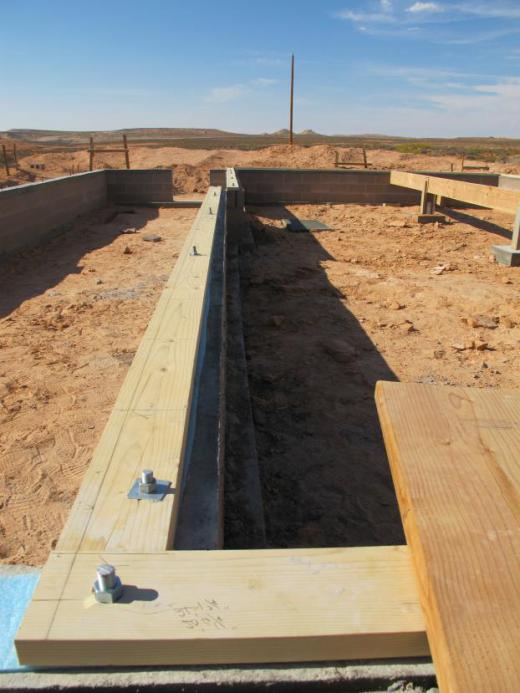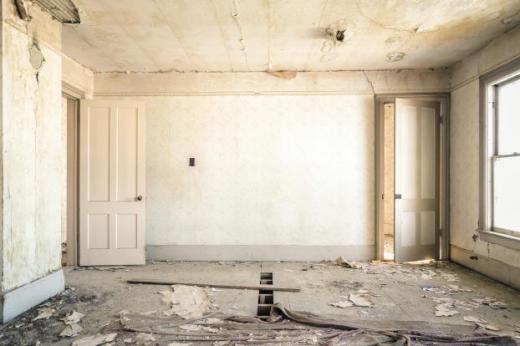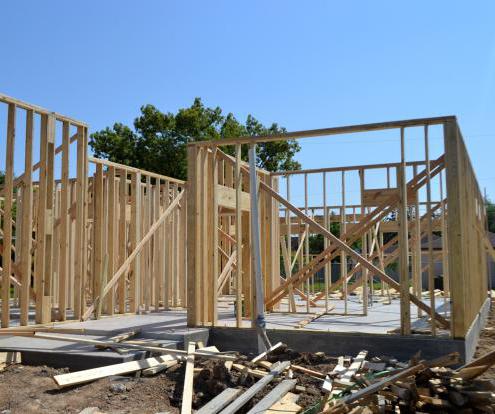Also referred to as a mudsill, a sill plate is a board that is anchored horizontally to the concrete foundation of a building. The vertical framing members, known as studs, can then be constructed on top of the sill plate.
Why Use a Sill Plate?
The primary use of a sill plate is to create a flat, even surface for the construction of the framing. Because concrete is uneven, it would cause the studs to reach different heights if they were mounted directly onto the foundation.
The sill plate also serves as a buffer between the framing and the foundation. As concrete tends to let moisture through, a treated piece of lumber between the foundation and the framing can help prevent the studs from rotting.

If the concrete was poured well, the sill plate can simply be laid down, but if the concrete is uneven, shims may be needed under the plate. A shim is a wedge-shaped piece of wood or other material that lifts the sill plate to make it level. The studs can then be anchored to the sill plate.
Installing a Sill Plate
The most common method for installing a sill plate:
- The plate is anchored to the foundation with anchor bolts, which are large bolts with either a hook or expansion wedge at one end and threading for a nut at the other end.
- The hooked ends of the bolts are placed at measured intervals in wet concrete and left while the foundation hardens.
- Holes are then drilled into the sill plate at the same intervals so that when the board is laid on the foundation, the anchor bolts come through the holes.
- Nuts are then screwed onto the threaded ends of the bolts, usually with a tool called an impact driver.
Protecting Sill Plates
Today, many houses also have a sill sealer made of polyethylene foam that sits between the sill plate and the foundation. This prevents moisture from coming through the concrete or the ground and rotting the sill plate.

Sill plates are often pressure treated to prevent damage from insects and moisture. Pressure-treated wood is wood that has been placed in a tank, depressurized, and then repressurized with a preservative chemical. This pushes the preservative, which is resistant to moisture and a deterrent to insects, thoroughly into the wood.
Until recently, chromated copper arsenate (CCA) was the most commonly used preservative chemical. However, CCA is very toxic and has largely been replaced with less-toxic alternatives. Nevertheless, older buildings that already have CCA-treated sill plates are considered safe for habitation. In fact, removing these boards is likely to release far more toxins than leaving them in place.

